Why Shaping Dough Is Important (Even for Bread Machine Users)
Sneak Peek: Shaping dough is important, even when using a bread machine. Read why and learn how to shape a simple sandwich loaf.
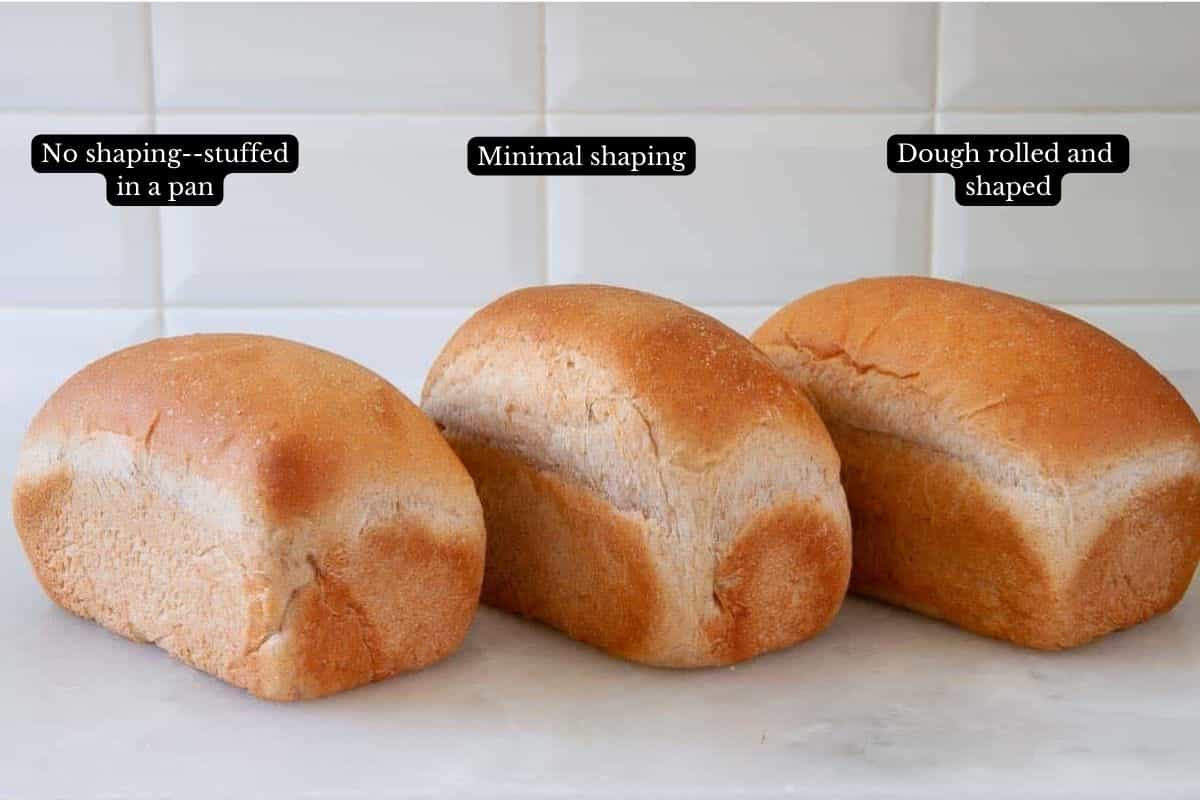
As an Amazon Associate, I earn from qualifying purchases.
Are you a stuffer or a shaper when making a loaf of bread? Do you plop the dough in a loaf pan and give it a couple of love pats, or do you show it love with gentle discipline, patience, and guidance?
Whether you mix and knead your bread dough using a bread machine, a stand mixer, or by hand, shaping the dough improves the crumb texture, the crust, and the overall appearance.
I wrote this post primarily for bread machine users looking for a way to make fabulous bread, as seen in good bakeries. However, the benefits of shaping as described here apply to most yeast dough recipes. Exceptions include Classic sourdough bread made without commercial yeast (more complicated) and no-knead bread.
If you want to shape dough for something other than a loaf pan (a braid, a boule, a batard, etc.), I have included pictures and instructions for shaping inside most of the 65+ bread machine recipes on this website.
Happy Cooks Speak Up
“Thank you for this article. I’m always afraid of messing with the dough too much after removing it from the machine. Not any more. … Your method makes total sense. Again, thanks for this article and all your great recipes. The honey wheat is our go to every week for sandwich bread.”–KATHY
The Best Time To Shape Dough
Follow the instructions in your recipe. Normally, you will shape after the first rise and before the final rise.
If you use a bread machine, choose number one or two below.
1. Shape after removing the dough from the bread machine at the end of the DOUGH cycle. (My preferred method)
The DOUGH cycles of various bread machines come in many configurations. For example, your bread maker may include a preheat phase, a resting phase, mixing phase, a kneading phase, an add-in phase, and at least one or two proofing phases.
Regardless, let your machine process through all these phases until the DOUGH cycle is complete, with one exception. Bread dough should be double the original size at the end of the DOUGH cycle. During hot weather, check the dough with the “poke test” before the end of the DOUGH cycle as you may need to remove the dough early to prevent over-proofing.
Other times, your dough may rise slowly. Leave it in the machine until it doubles in size, but not more. Over-proofing is undesirable but fixable.
2. If using your machine for baking the bread, remove the dough and shape before the final proof.
After you pull the dough out of the machine onto a floury surface, shape it, and replace the shaped dough into the bread machine.
Figuring out the best time to remove the dough can be tricky. Read your bread manual to figure out when is the right time.
Before you put the shaped dough back into the bread machine pan, pull out the paddle(s). Unfortunately, small holes will remain in the bottom of your baked bread because of the nonremovable posts.
You can see an example here of bread dough pulled out of the machine, shaped, and replaced back into the machine to bake.
How Shaping Dough Makes an Amazing Difference
1. Shaping compresses gas bubbles, introduces surface tension, and encourages a better oven spring.
Compressing the gas bubbles affects the final appearance and the crumb (more about the crumb below).
Surface tension refers to the tightness of the dough at the surface of your loaf. It helps the bread retain a pretty shape as it bakes.
Finally, the oven spring is the burst of expansion that happens when the loaf hits the high heat of a preheated oven. Without much oven spring, you will most likely have a dense loaf.

Also, the gas bubbles created during the bread machine’s DOUGH were not deflated. The dough should have been gently pushed down to compress the air bubbles. The large air bubbles at the surface may result in uneven browning.
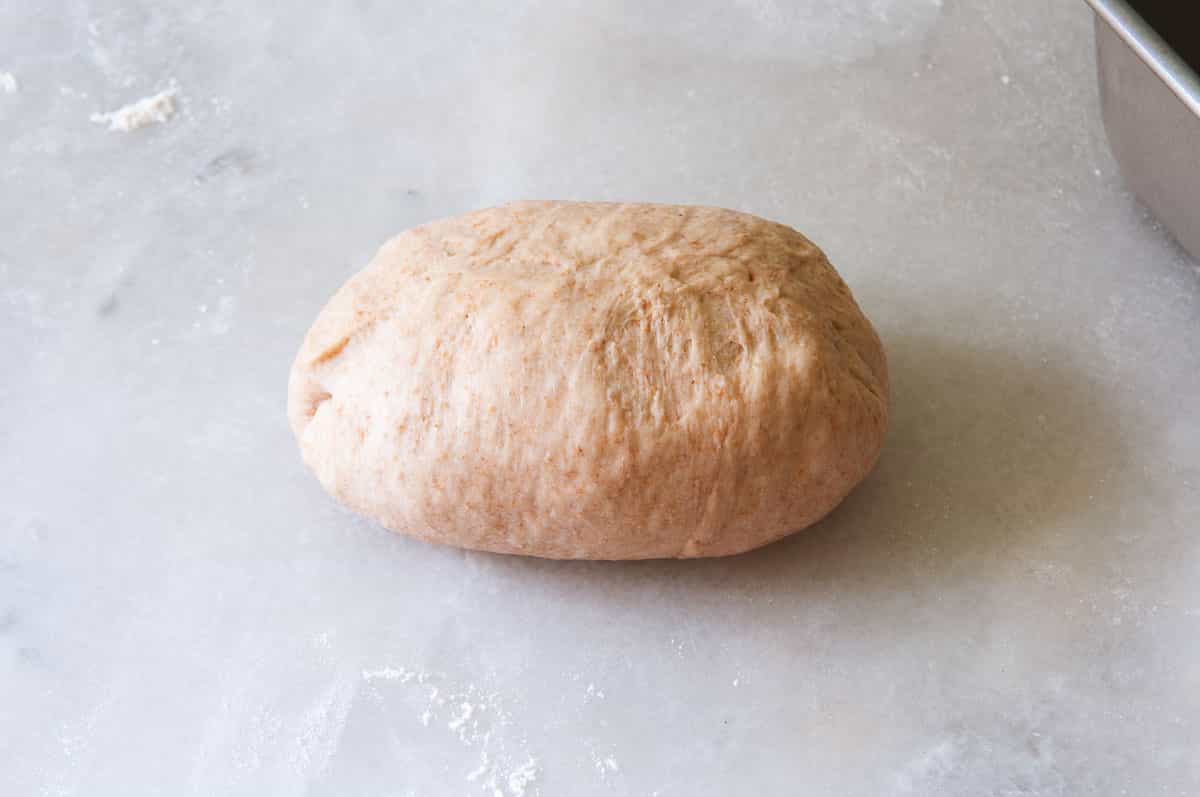
Because I didn’t let the dough relax and stretched the dough too aggressively, the gluten tore on the right side in the picture above. This bread had a good oven rise due to the surface tension. However, it blew out on the left side (see the top picture), and the middle texture was unorganized.
The loaf on the far right was correctly shaped after a short relaxation period. Keep reading to see how I do it.
2. Shaping creates a structured and cohesive crumb and reduces large holes or tunnels.
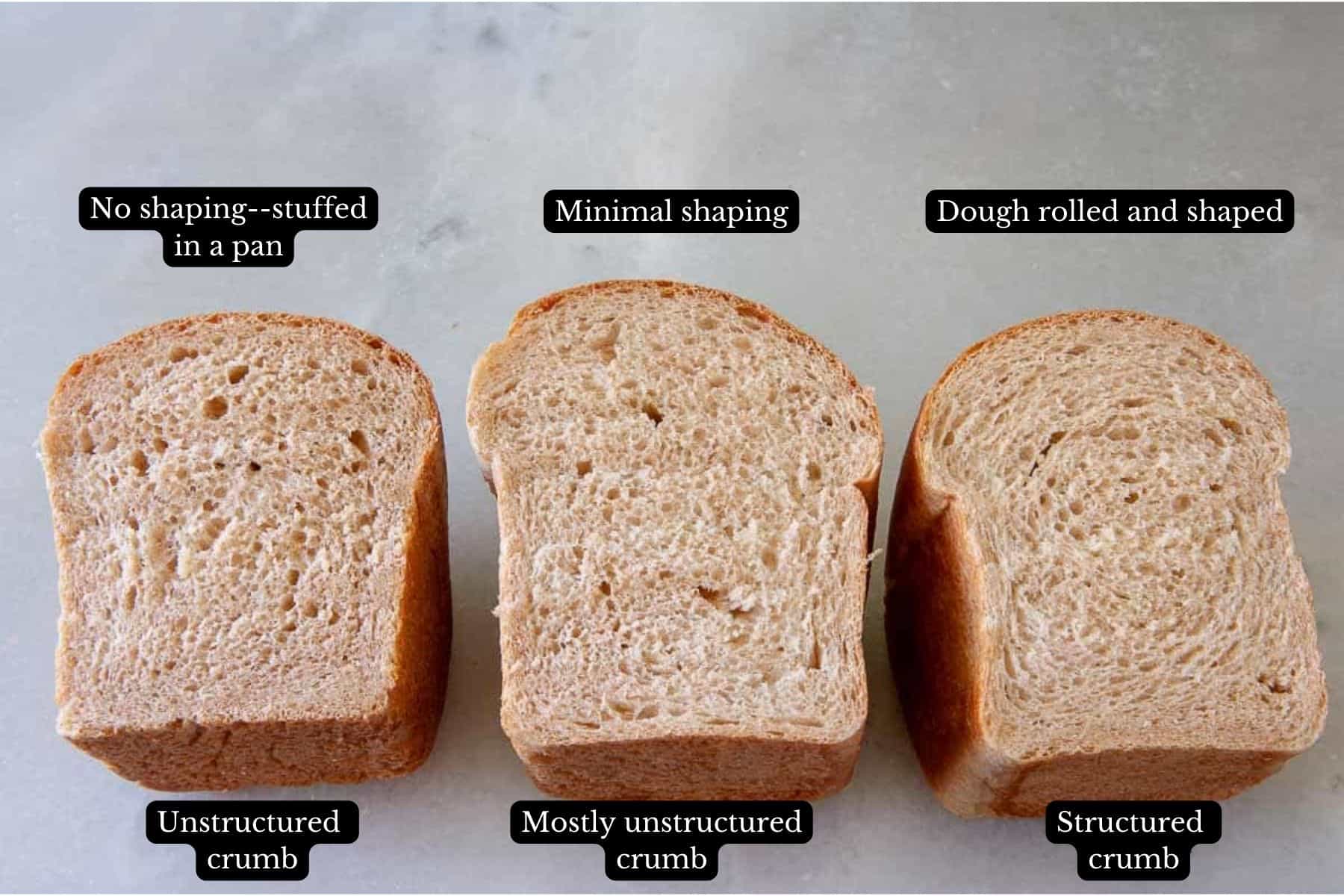
Compare the three loaves of bread in the picture above. Do you see the swirl pattern in the shaped loaf on the right? Compare that to the loaf on the far left, where the crumb is random and uneven.
After removing the dough from the bread machine, I lightly knead the dough 4-5 times. Kneading is my method of “punching down” the dough.
When you use a rolling pin to roll the dough into a rectangle, the rolling action compresses the carbon dioxide bubbles produced by the yeast during the first rise. Be sure to roll over the edges, too. Rogue bubbles often hide at the perimeter.
3. Shaping produces a beautiful crust that is smooth, thin, and uniform.
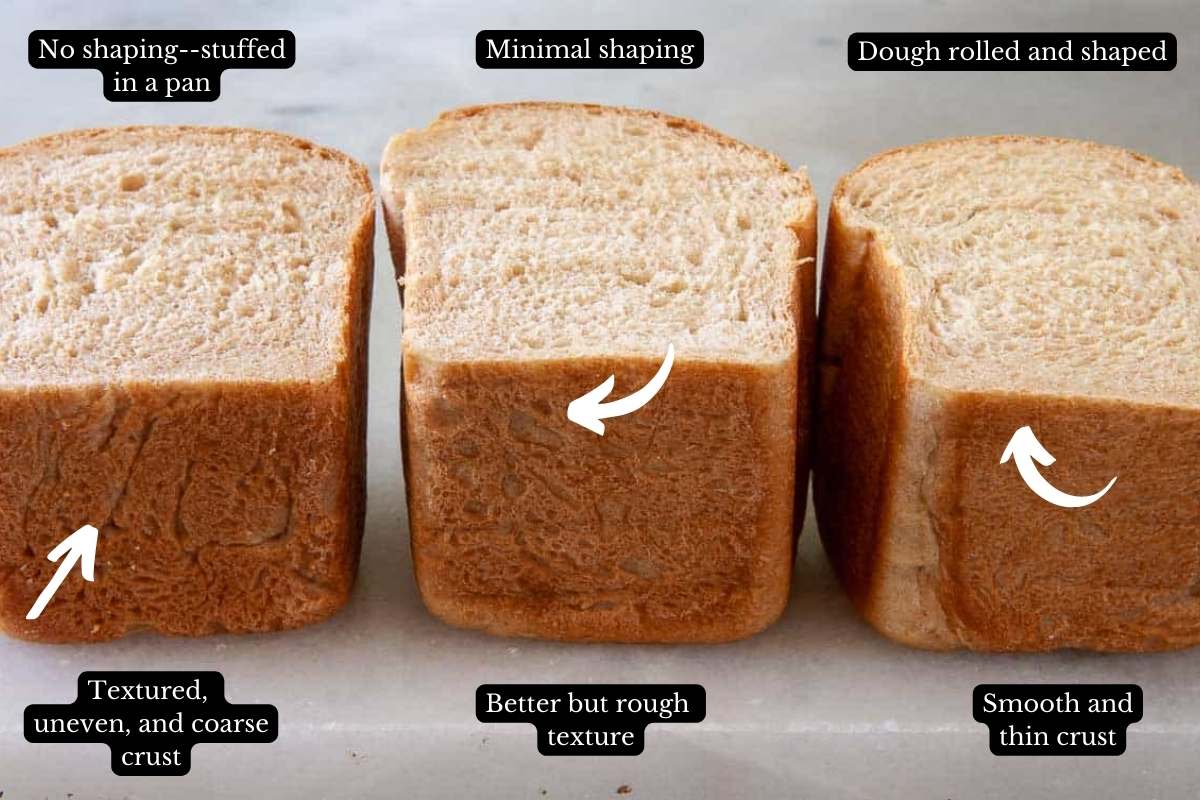
One reason why the crust of bread baked in a bread machine is tough and thick is that the dough has not been shaped. Shaping stretches the gluten strands, resulting in a thinner and more pliable crust. It also creates tension in the outer layer of the loaf which causes the crust to retract slightly as the bread cools after baking. This makes it easier to remove the loaf from its container or pan.
📌Kitchen Tips for Shaping Dough 📌
- Use a bench knife(paid link) or scraper. This instrument is valuable for working with sticky dough because it keeps your fingers from touching it quite so much. The edge is not sharp like a knife but thin enough to portion dough.
- Use a non-stick silicone mat(paid link) as a work surface. Clean-up is a breeze. Throw it into the dishwasher when you’re done.
- Allow the dough to relax if it seems uncooperative. Don’t forget to cover it with a tea towel. You don’t want dry “skin” to form on the dough surface.
- Use a rolling pin to reduce rogue bubbles, especially on the perimeter of the rectangle.
- Choose the correct size loaf pan for the quantity of ingredients. The dough should not fill the loaf pan more than halfway full.
- I like USA baking sheets(paid link) and loaf pans(paid link) because my bread browns beautifully in them. They don’t usually need any oiling or greasing–the bread will fall out on its own.
NOTE: The small USA loaf pans you see in the pictures come in a set of four and make the perfect size loaf for giving to neighbors who enjoy a treat but don’t want or need a 1½ or 2-pound loaf.
How To Shape Dough for a Loaf Pan
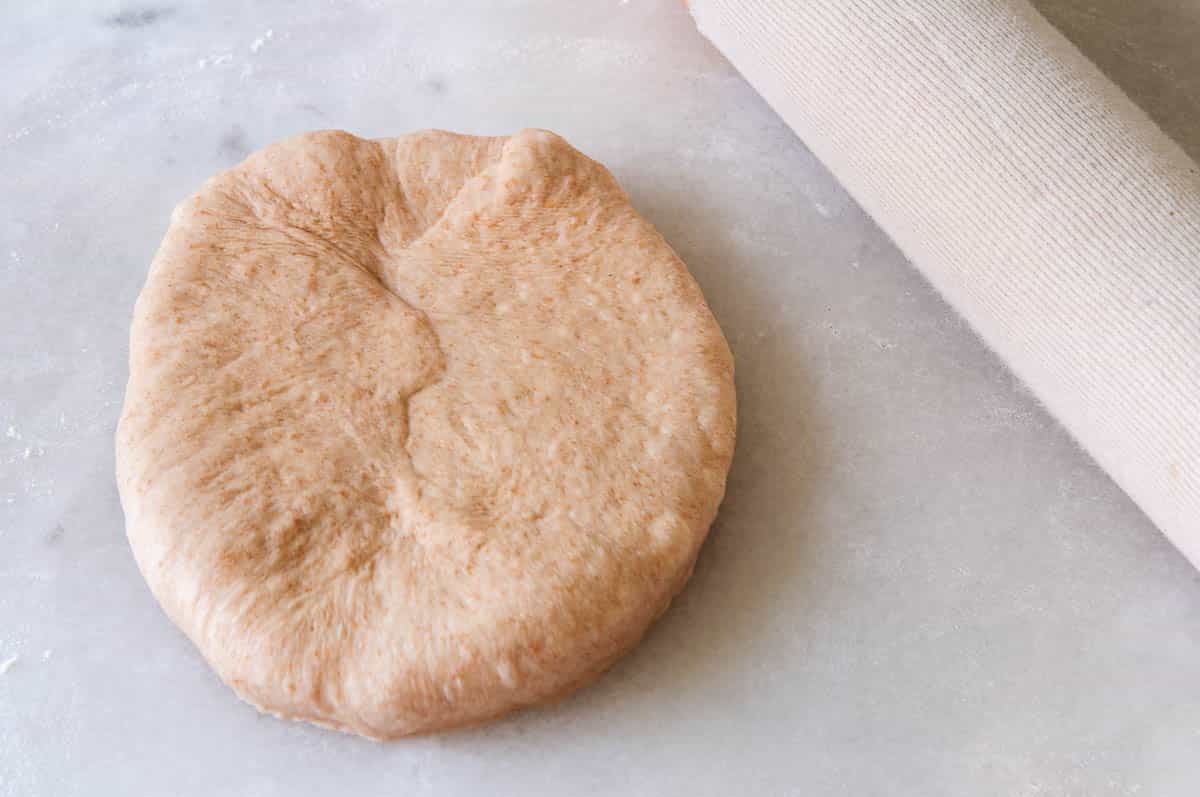
If the dough is bouncy and rebellious, walk away like you would with a toddler having a temper tantrum. Give it time to calm down, relax, and find a more compliant mindset. 15-30 minutes should do it.
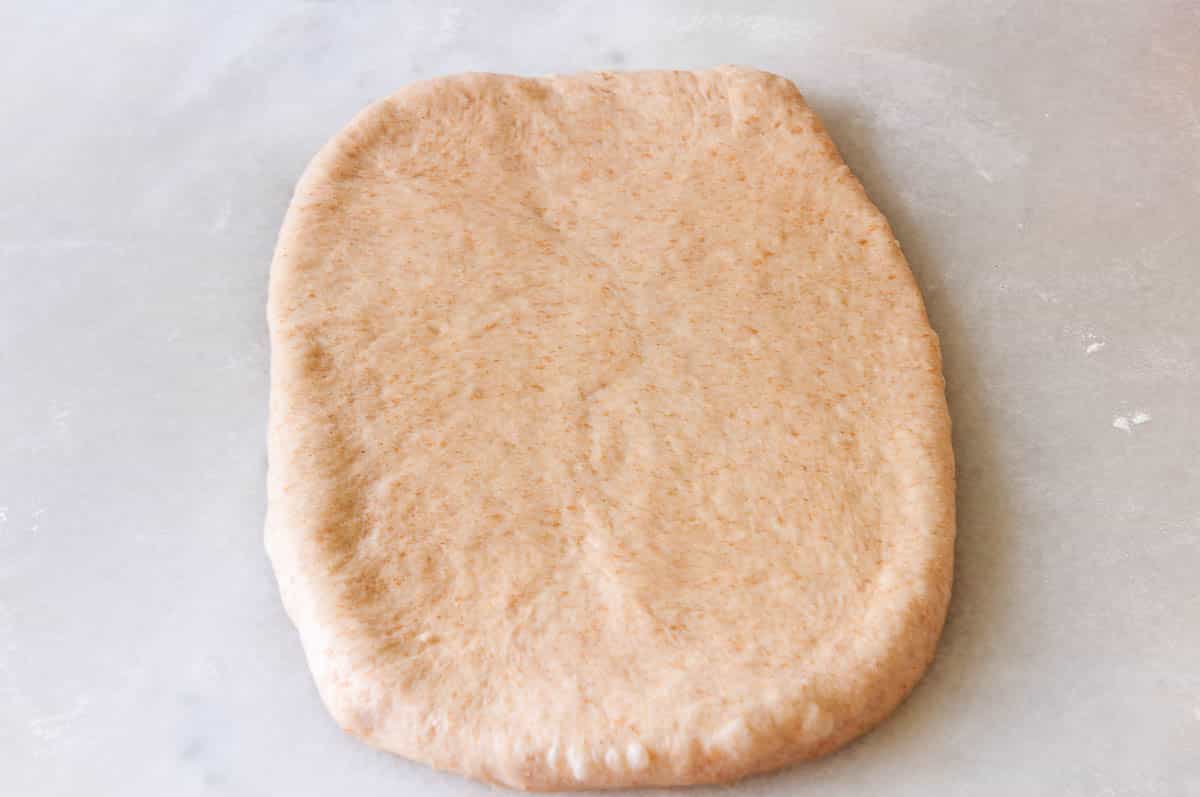
The size of the rectangle depends on the pan you’re using.
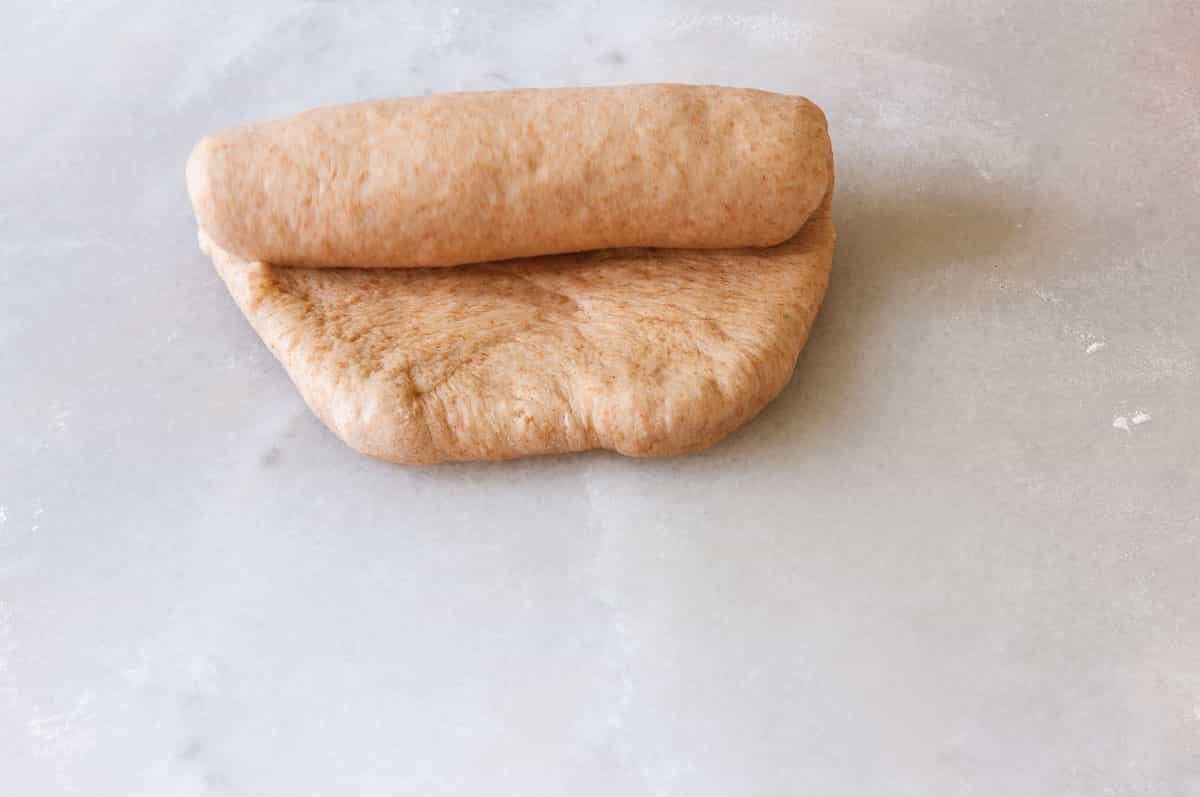
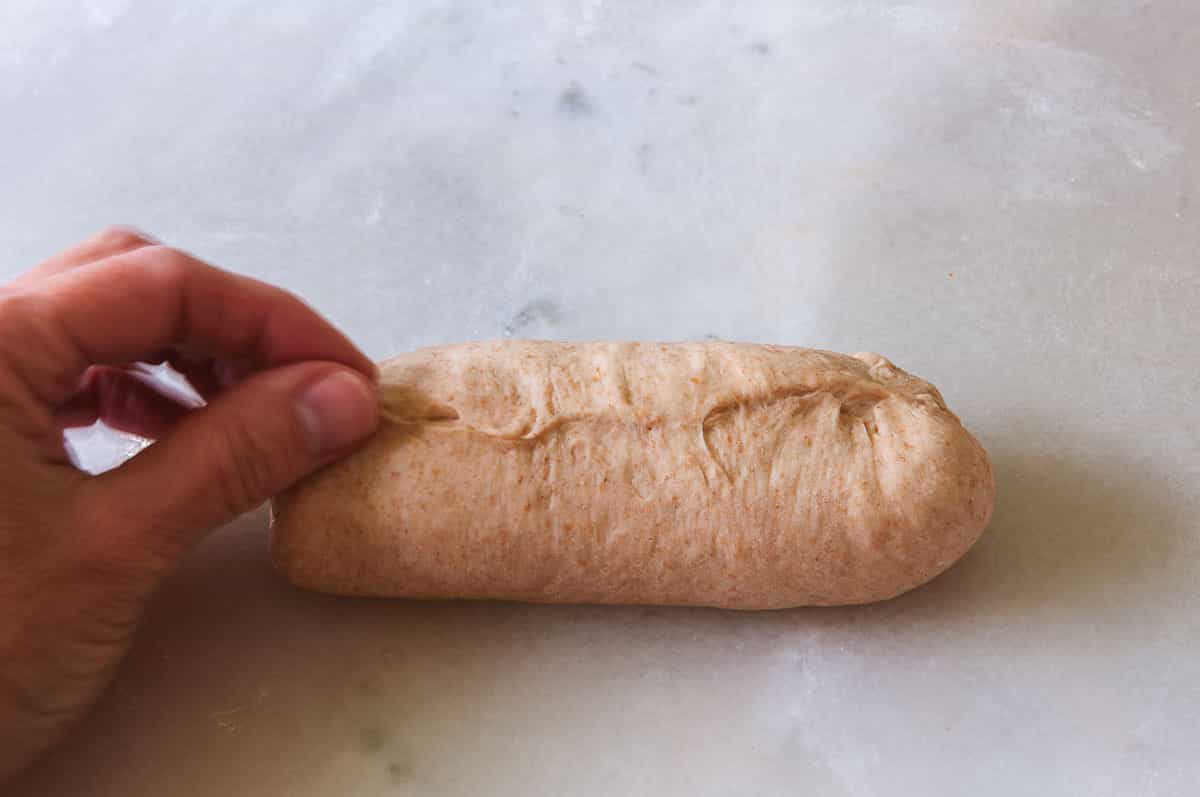
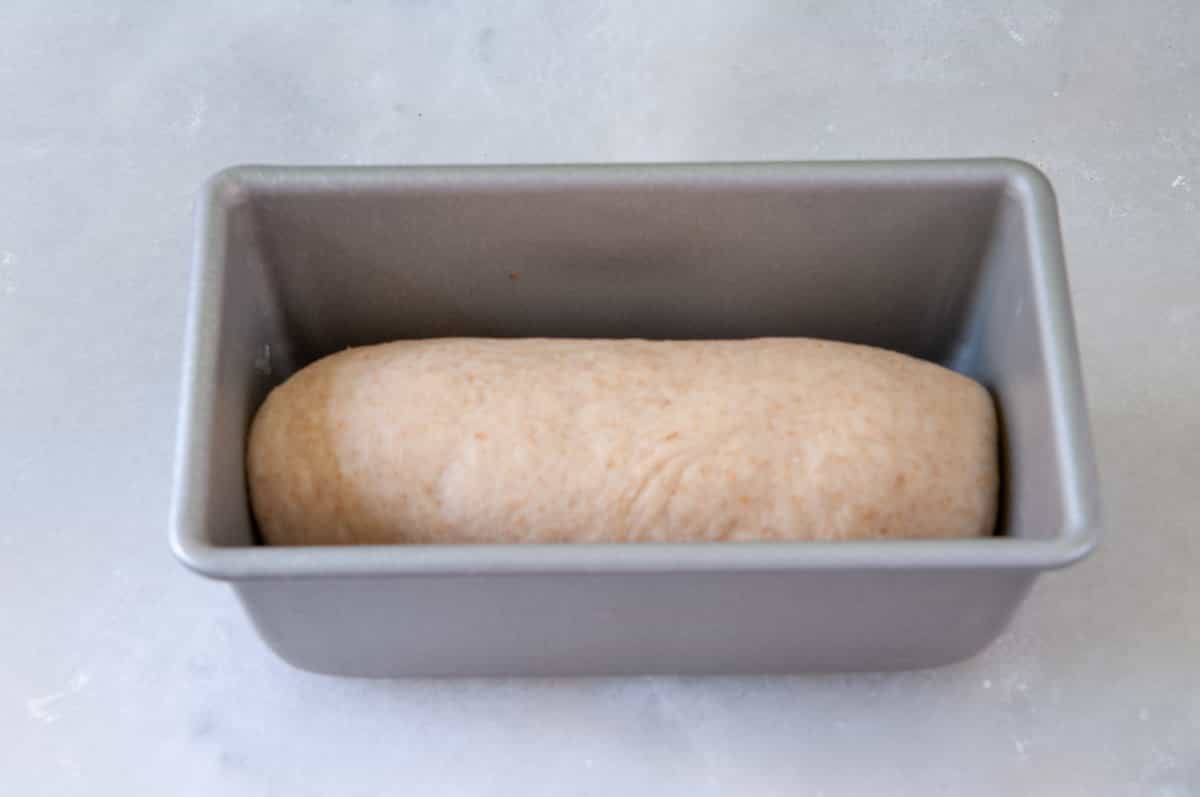
Use a flat palm to press the dough down so that the ends of the dough cylinder are equal in size. This action results in more uniform slices from end to end for sandwich loaves.
Cover the loaf and allow it to rise. Bake the dough in a preheated oven according to the recipe directions when it peeks over the top.
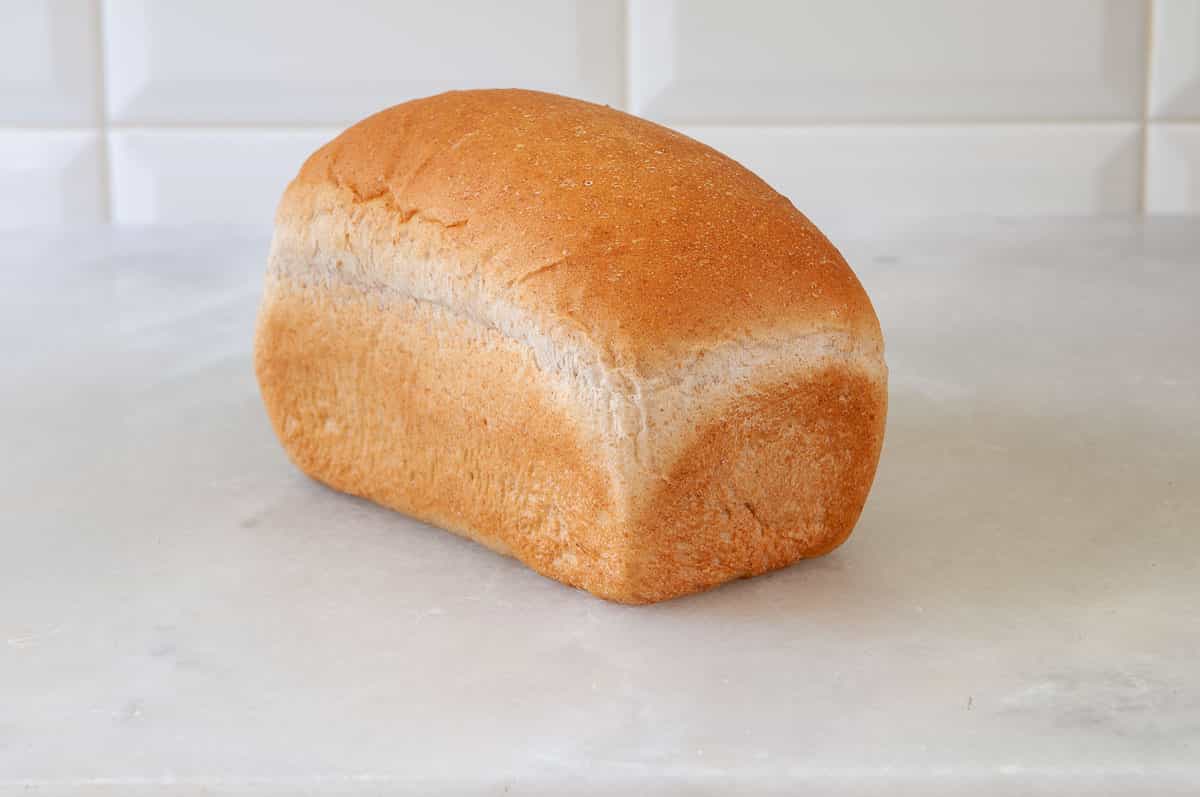
Parting Words: The final proof may be slower than expected when the dough is shaped correctly. The yeast is producing more carbon dioxide to refill all the tiny “balloons” you smooshed in the shaping process. Your reward for patience is a more uniform texture and better taste. I often say, “the longer your bread takes to rise, the better the taste.”
This is how you make bread that you’ll be excited to share with your family and friends.
If you have questions or suggestions, email me privately for a quick answer: Paula at saladinajar.com. Hope to see you again soon!


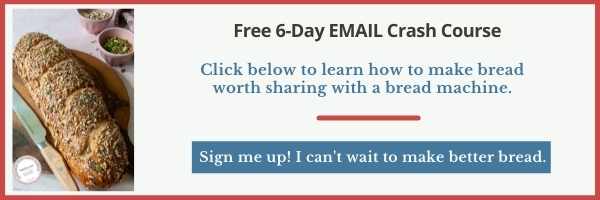
Paula Rhodes, owner
As a retired home economist, I created Saladinajar.com to share my belief that you don’t have to be a chef to find joy in creating homemade food worth sharing. Bread machines (used in an unconventional way), homemade yogurt, and quick microwave recipes are my specialty.